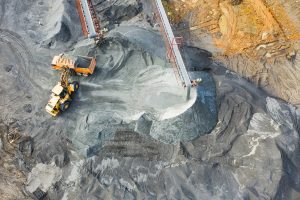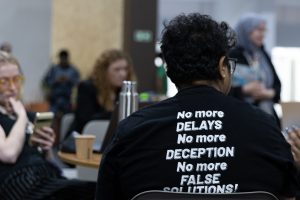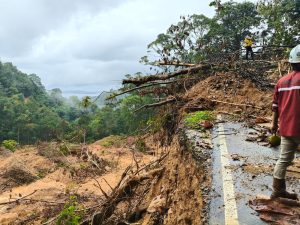Jakarta – The government is currently in discussions with the United Nations Educational, Scientific and Cultural Organization (UNESCO) to discuss Indonesia’s proposal to change the boundaries of the Tropical Rainforest Heritage of Sumatra (TRHS) area.
Director General of Natural Resources and Ecosystem Conservation (KSDAE) of the Ministry of Environment and Forestry, Satyawan Pudyatmoko, said on Wednesday, September 17, that the 5 gigawatt (GW) potential of geothermal energy in the heart of the Sumatra forest has not been tapped because the area is a UNESCO World Heritage Site.
“According to UNESCO, geothermal energy is categorised as mining, so it is prohibited in world heritage sites. But the regulations in Indonesia clearly state that geothermal energy is the utilisation of environmental services, not mining,” he said in an official statement.
UNESCO is a world body under the auspices of the United Nations that aims to promote peace and security through international cooperation in the fields of education, science, and culture.
Satyawan said that the greatest geothermal potential is located in the Suoh and Sekincau areas of Lampung, which are now part of the Bukit Barisan Selatan National Park (TNBBS). This area is included in the TRHS along with the Leuser forest and Kerinci Seblat National Park. However, according to the government, the condition of the ecosystem in parts of Suoh-Sekincau no longer meets the criteria for a world heritage site.
“The requirement for THRS is that the forest must still be in excellent condition, serving as a habitat for tigers, elephants, and orangutans. In Sekincau, the conditions are different. Therefore, a small portion of the area has been proposed to be excluded from the TRHS so that it can be used for geothermal energy,” he explained.
However, the government emphasised that the reduction of part of the Suoh-Sekincau area from the TRHS would be accompanied by the addition of the other regions so that the total area would not decrease.
“TRHS must not be reduced. Therefore, we will look for a replacement location whose ecosystem quality meets UNESCO standards,” added Satyawan.
If UNESCO approves this proposal, the government aims to begin utilising geothermal energy in Suoh-Sekincau after 2027.
“The new licensing process can only proceed after an official decision has been made. Currently, inter-ministerial communication is also taking place, including with the Ministry of Culture and the Ministry of Foreign Affairs, as the status of world heritage is under their coordination,” she explained. (Hartatik)
Banner photo: Image generated by OpenAI’s DALL·E via ChatGPT (2024)















